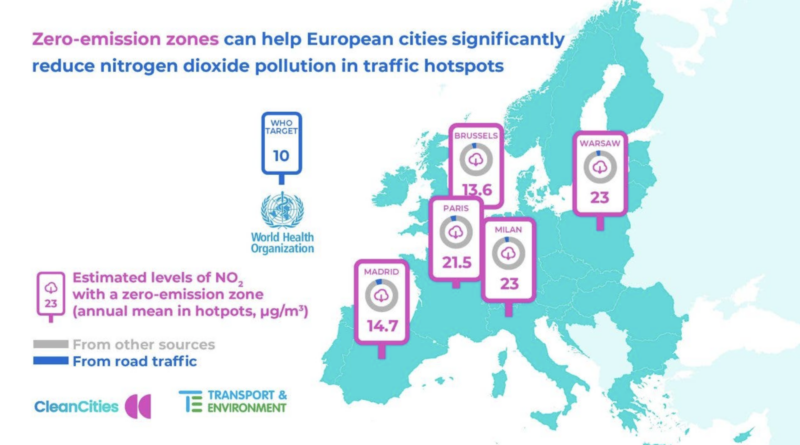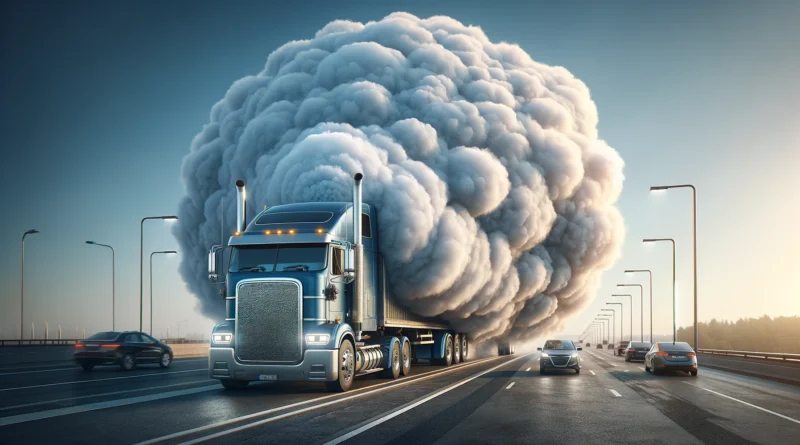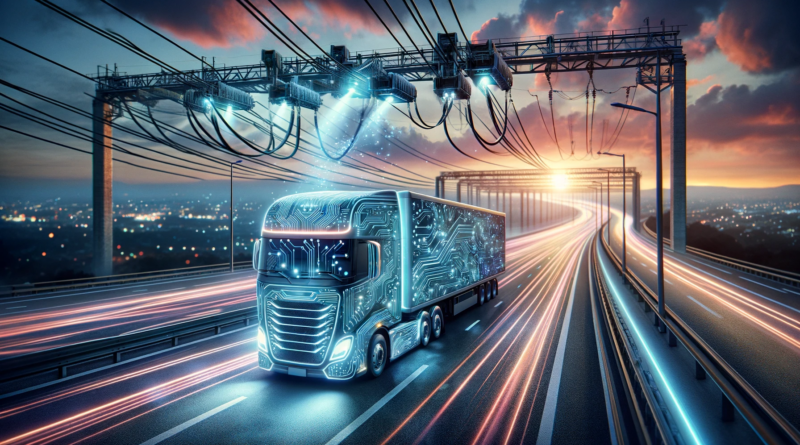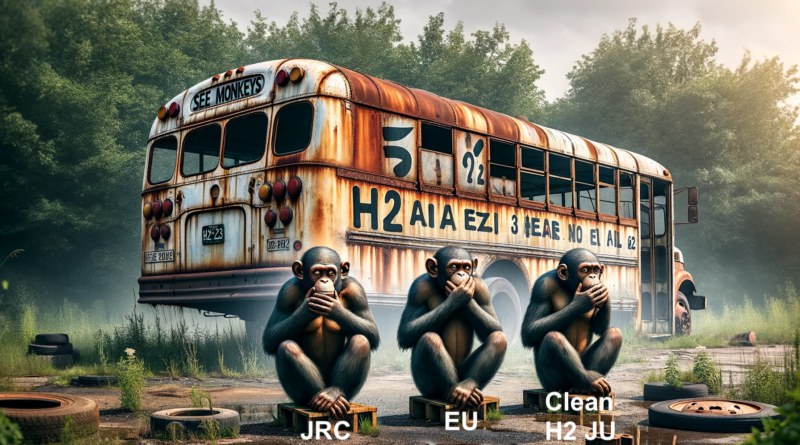Truck Manufacturers A More Carbon Intensive Investment Than Oil, Steel Or Cars — Study
Investors ‘in for a shock’ as scope 3 disclosure requirements kick in next year with truckmaker emissions 50% higher than what they report to investors. The only sector T&E could find with an average carbon intensity higher than truckmakers is coal mining European truckmakers’ emissions are 50% higher than what … [continued]










